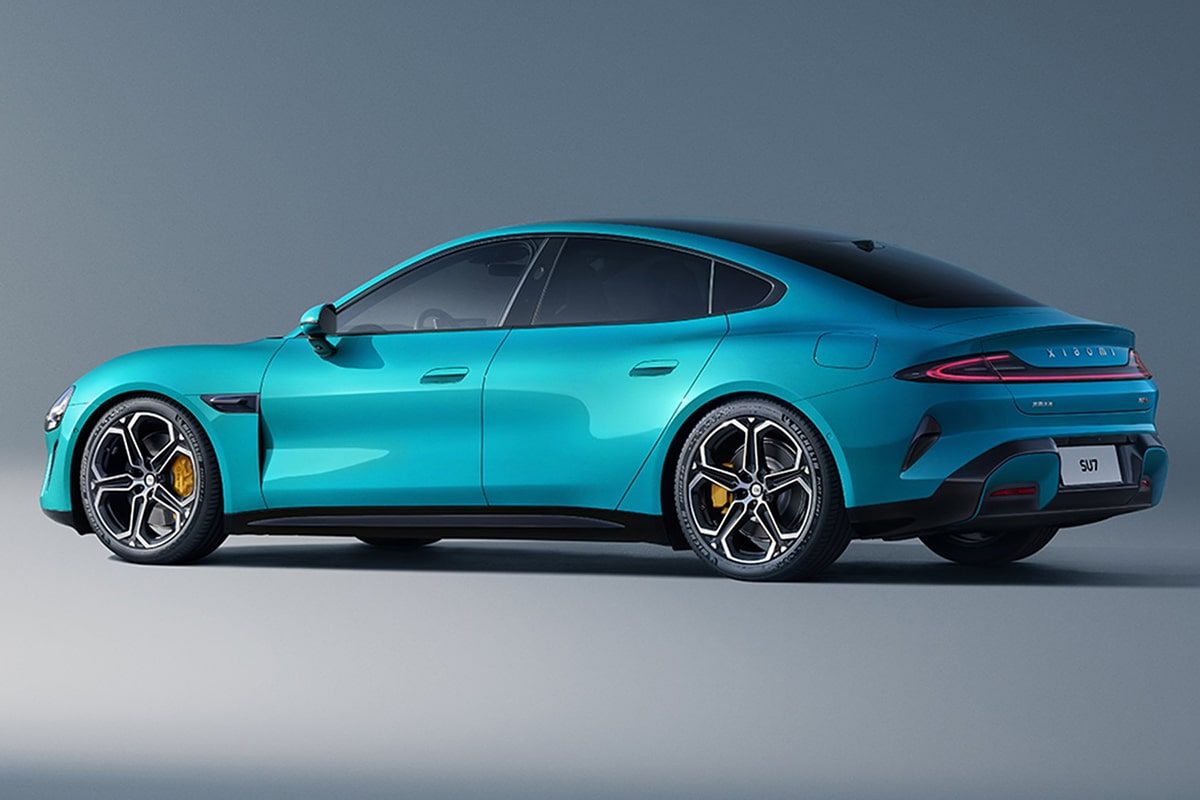Xiaomi to launch three new models by 2026
It all starts with the SU7 Ultra, which has already been presented as a prototype and is a track-focussed variant of Xiaomi’s first production model, the SU7. At least that is according to the portal Electric Vehicles, citing “a new technology roadmap from its supplier Bosch.” Xiaomi’s first SUV, internally codenamed MX11, is also planned for 2025. A six-seater SUV codenamed N3 will follow in 2026 as an EREV, i.e. with an additional combustion engine as a range extender.
Information on the two SUV models is currently still sparse – the Bosch document only mentions which components from the German supplier will be used in the vehicles. The MX11 is said to be equipped with ‘Dynamic Power Braking’ (DPB), while the N3 will utilise second-generation ‘Intelligent Power Braking’ technology. However, technical data on the drives or the dimensions of the vehicles are not mentioned.
More information is available about the SU7 Ultra, as Xiaomi presented the sports version of its saloon in more detail in the summer. The SU7 Ultra has three engines. Two are designated as ‘Super Motor V8s’ units, and one is a ‘Super Motor V6.’ It alludes to the performance compared to combustion engines with the corresponding number of cylinders. The ‘Super Motor V8’ comes in at 425 kW, and the ‘Super Motor V6’ at 288 kW. The three engines give the SU7 Ultra a total output of a whopping 1,138 kW, torque vectoring and all-wheel drive. We provide an overview of the SU7 Ultra in this article.
It is hardly surprising that Xiaomi is moving into the SUV segment after the success of its debut saloon – here is a first driving report. Rumours to this effect were already circulating in May. While some Chinese manufacturers reject EREV technology (and, like Nio, favour quick battery swaps to make long journeys easier), EREV models are definitely in demand in China. Given the success of Li Auto, which specialises in EREVs, startups such as Leapmotor and Neta have already started to offer EREVs in addition to their BEV models – Avatr also launched its first EREV in August.
Xiaomi presented the SU7 in January and began deliveries in April. The August figures are not yet known, but the company delivered 27,307 vehicles in the second quarter, generating sales of 6.2 billion yuan (792 million euros). As a result, Xiaomi has increased its production capacity and aims to reach the 100,000 mark in November.





1 Comment